
Rocherpan is a relatively small reserve (1080 hectares), a slice of land sandwiched between the Atlantic Ocean and a fairly busy road, but the combination of ecosystems – a seasonal pan/wetlands, marine/beach environment and strandveld vegetation – offers a variety of bird habitats. More than 183 bird species can be found here, including 70 waterbirds. A full bird list is available on the CapeNature website or at the reserve’s reception. In the three days we spent in the sanctuary, even as birding novices we managed to see and identify approximately 60 species relatively easily.
The pan is obviously the main feature of the reserve and there are three bird hides where you can while away the hours watching water birds and waders. Greater and Lesser flamingoes, Kelp, Grey-headed and Hartlaub’s gulls, Avocets, Black-winged Stilts, cormorants, ducks and geese in great numbers bathed, fed, slept and squabbled in front of the hide. Caspian and Swift terns settled among the gulls, while Kittlitz’s, Three-banded and White-fronted plovers and sandpipers worked their way along the pan’s shoreline. African Oystercatchers were ever-present, sometimes in pairs, but often in small groups. Rocherpan is one of the Cape Shoveler’s most important breeding sites and we were glad to see a pair drifting along on the water.
Just alongside the bird hide, Cape and Southern Masked weavers and Southern Red Bishops kept up a continuous chorus in the reeds. An older, unused bird hide further down the pan seems to have been appropriated by a Rock Kestrel as a base for its hunting missions.
This story is from the January - February 2021 edition of African Birdlife.
Start your 7-day Magzter GOLD free trial to access thousands of curated premium stories, and 8,500+ magazines and newspapers.
Already a subscriber ? Sign In
This story is from the January - February 2021 edition of African Birdlife.
Start your 7-day Magzter GOLD free trial to access thousands of curated premium stories, and 8,500+ magazines and newspapers.
Already a subscriber? Sign In
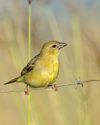
agrochemicals and birds
By the year 2050, it is estimated that 171 million more hectares of agricultural land will be needed to feed a global population of 10 billion people.
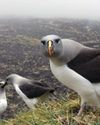
arrivals and departures
The Mouse-Free Marion Project is committed to ensuring that breeding seabirds can return to a predator-free Marion Island.
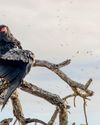
FULL skies
High summer brings high entertainment to Botswana's Mababe Community Concession and Kazuma Pan.
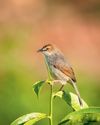
specials IN THE MIST
With a distinct habitat and climate, Zimbabwe's Eastern Highlands are a must-visit destination for any birder wanting to see a bevy of special birds.
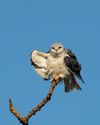
MIDRAND marvel
Gauteng birders don't need to travel far to get their feathery fix. Midway between Johannesburg and Pretoria, Glen Austin Pan has become a favourite patch for this returnee expat.
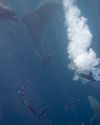
IN TOO DEEP...again
The annual sardine run along South Africa's east coast is a thrill and a challenge for underwater photographers, especially if you throw birds and inclement weather into the mix.
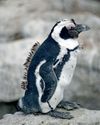
a journey through the mysteries of moult
As a bird researcher in South Africa’s botanically diverse fynbos biome, I have come to regard bird ringing as part of my journey to understanding moult.
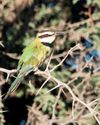
Southern SIGHTINGS
The midsummer period lived up to its reputation as the busiest time for rarities in southern Africa and produced a host of really good records, including several that got twitchers racing all over the subregion to try and add these mega ticks to their lists. As always, none of the records included here have been adjudicated by any of the subregion's Rarities Committees.
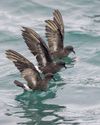
storm petrels in Kalk Bay
According to Roberts 7, both Wilson’s and European storm petrels occasionally seek the shelter of breakwaters during periods of strong onshore winds, but this is seldom observed off South Africa.
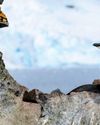
power-napping penguins
Periodic reduction in neural activity (sleep) is found in all animals with brains and seems to be essential to restore effective brain function. There is plenty of evidence of the adverse effects of not getting enough sleep, and recent research in humans has identified getting sufficient sleep as one of the four core pillars of living a long and healthy life.